Here is a menu plan for my family
Taco Soup (Homemade Taco Seasoning here)
Spaghetti
"Leftovers" Soup
Baked Potato with Broccoli and Cheese
Hawaiian Haystacks
Pigs in a Blanket (hotdogs baked inside of bread dough or biscuit dough)
Chicken Nuggets (or fish sticks) and French Fries
Orange Chicken (or cauliflower) and rice
BBQ Chicken and rice pilaf or biscuits
Pot Pies- made with canned biscuit dough
Chicken Noodle Soup
Pizza Pockets (Homemade version here)
Taco Salad
Tacos- beef, fish, chicken, shredded pork, or shrimp
Tamale Pies (mini)
Mango-Berry Salad, with a sandwich if needed
Swiss Steak and Tomato Gravy over rice
Hamburgers
Tuna Burgers
Bean Burgers
Red Beans and Rice
Crockpot (or Instant Pot) Rosemary Pork Roast and Vegetables
Grilled Cheese sandwiches with Tomato Soup
Spanish Rice with chopped meat stirred in
Chef Salad with homemade croutons
Chicken Caesar Salad
Sweet Potato Curry with Turkey/Chicken
Ramen
Ramen-Chicken/Turkey Salad
Weeknight BBQ Beef
Individual pizzas- on tortillas or English muffins
Pizza on Zucchini Crust
Quesadillas- beans inside or to the side
French bread pizzas- split lengthwise, add toppings
Chicken Strips and rice or tator tots
Canned soup with bread and butter
Macaroni and cheese
Fend for Yourself Night
Beans, warm homemade bread, cottage cheese, and tomatoes or salsa (sounds weird, but it was my mom's staple on bread baking day)
Black Beans and Southwestern Zucchini Cakes
Breakfast for dinner:
French Toast
Pancakes or Waffles with fruit puree or jam
V8 and nuts and toast
Hardboiled or scrambled eggs with muffins
Eggs with fried potatoes or hashbrowns Muffins and yogurt, cut fruit
Omelet
Frittata
Sausage and Gravy (or sausage gravy!) over Biscuits
Fruit and Yogurt Parfaits
German Pancake (try this microwaved version)
Curry over rice
theprovidenthomemaker.com/my-blog/two-minute-egg-and-cheese-breakfast-sandwichBurritos
Enchiladas
Chicken and Ramen salad
Cheesy drop biscuits and soup
Navajo Tacos
Spanish Rice – add diced meat or cheese
Clean out the Fridge night
Ham or Spam Fried Rice
Sour Cream Chicken Enchiladas
Vegetable Fried Rice
Potato Bar (clean out the fridge for toppings)
Goldenrod Eggs
Meatloaf and baked potatoes
Chicken Gravy over Rice
Egg Toast
Bread in Milk (basically Egg Toast without the eggs)
Beef stroganoff over noodles
Lentil Soup
13-Bean Soup
White Chicken Chili
Chili
Two-Minute Egg and Cheese Sandwich
Tuna sandwiches
Chicken salad sandwiches
Egg salad sandwiches
Potato salad with eggs, cheese, ham
Crab salad on bread or lettuce leaves
Teriyaki stir-fried vegetables over rice
Porcupine Meatballs (made from rice and hamburger, not porcupine!)
What else should I add?
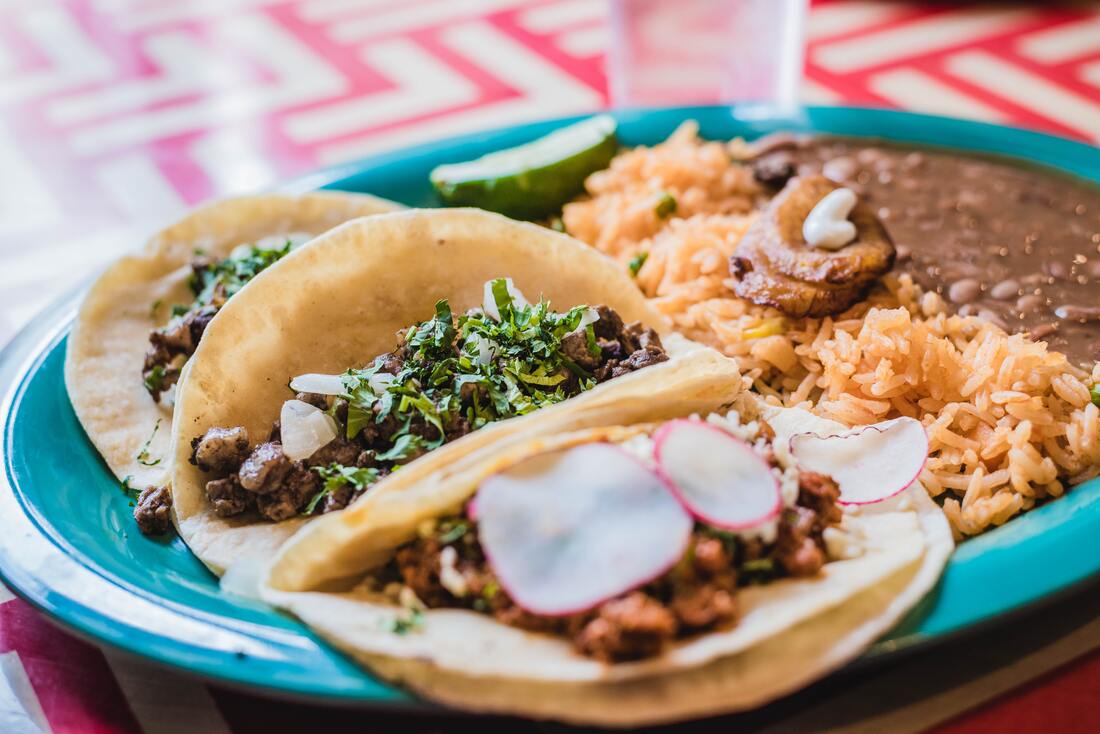

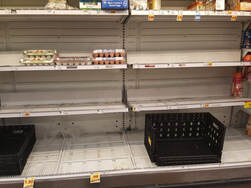


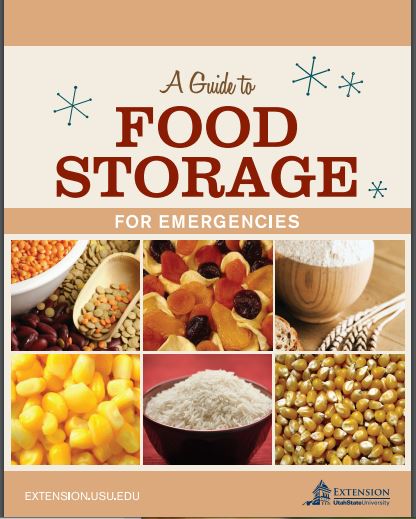
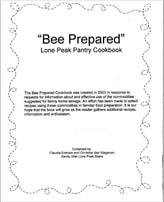
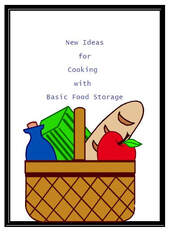
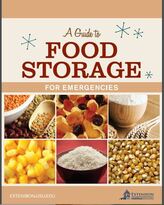

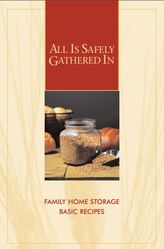
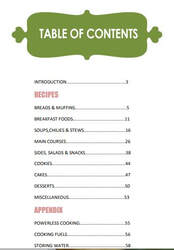
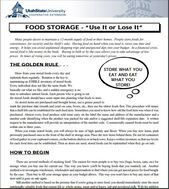
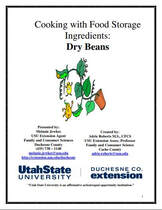
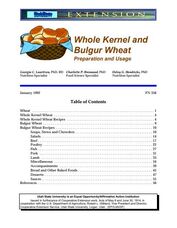
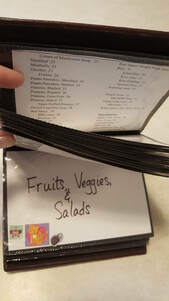
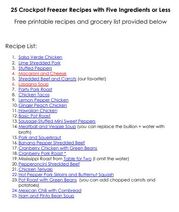
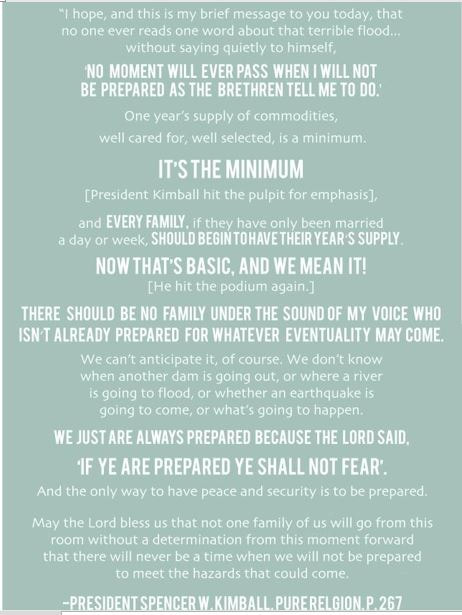
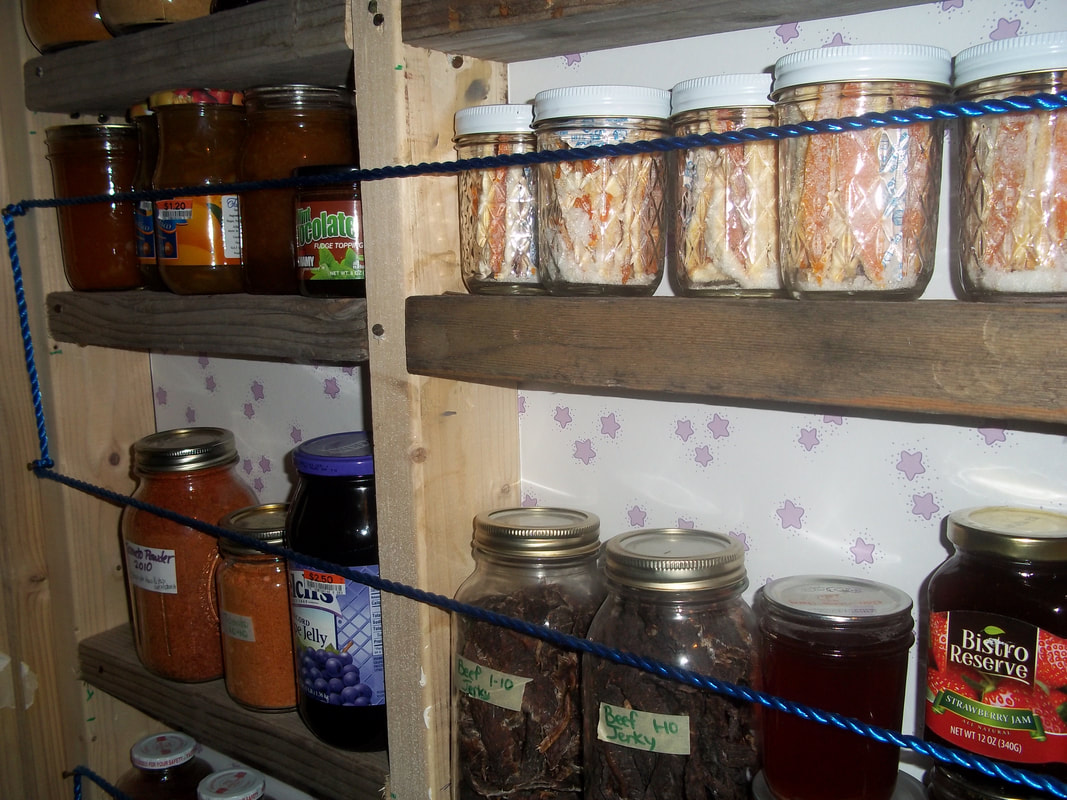

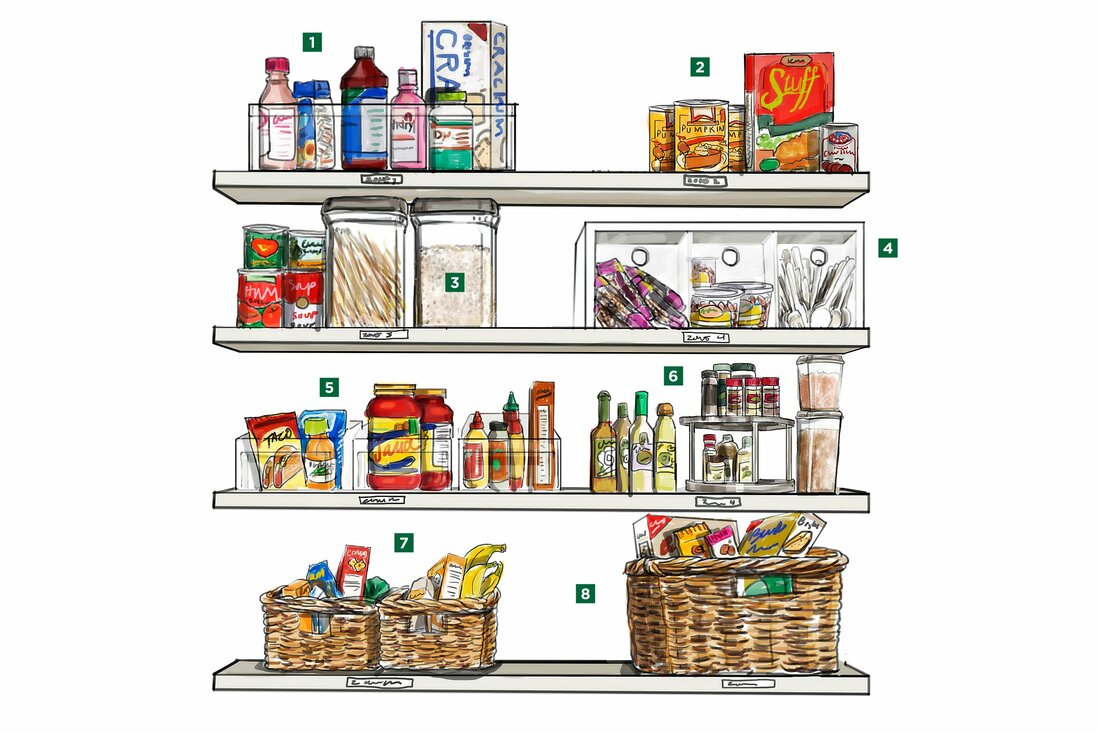



 RSS Feed
RSS Feed